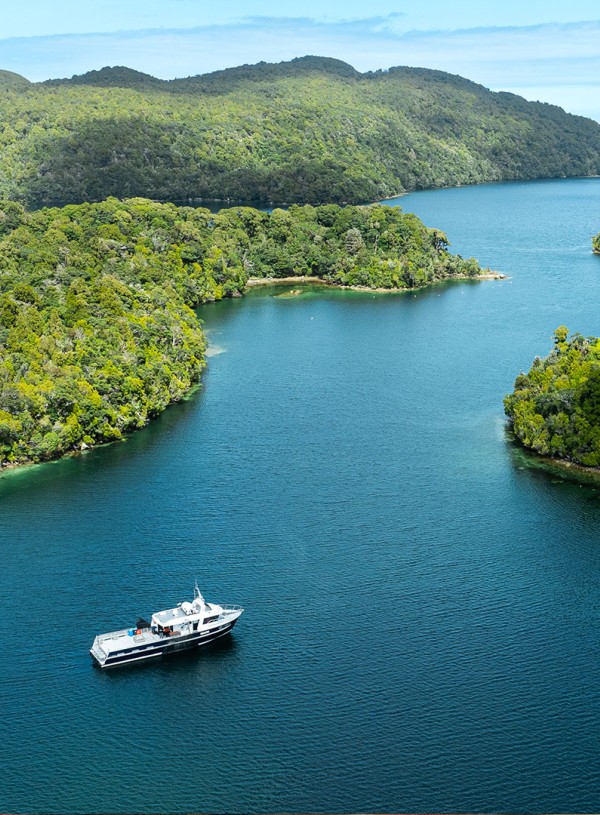Ngāi Tahu means "descendants of Tahu", a reference to the tribe's founder, Tahu Pōtiki.
The traditional coastal takiwā (territory) of Ngāi Tahu is all the land below the northernmost eastern boundary Pari-nui-o-Whiti (White Cliffs, just south of Blenheim) around the whole Te Waipounamu coast to the northernmost western boundary at Kahurangi. The tribal takiwā of Ngāi Tahu also includes Rakiura (Stewart Island) and extends to the sub-Antarctic islands.
Ngāi Tahu communities and whānau (families) have been fishing for generations. Fishing in lagoons, harbours, river mouths, estuaries and at sea formed an essential part of the early Ngāi Tahu economy and sustained whole communities.
Ngāi Tahu traded fish amongst each other and with other iwi. They also preserved fish for their own consumption and for trade. By the late 1830s, Ngāi Tahu traded fish with visiting European vessels and with whaling shore stations and exported fish to Australia.
The use of marine resources remains a fundamental feature of Ngāi Tahu mahinga kai (traditional food gathering), and plays a key role in the tribal economy, social and cultural life.
